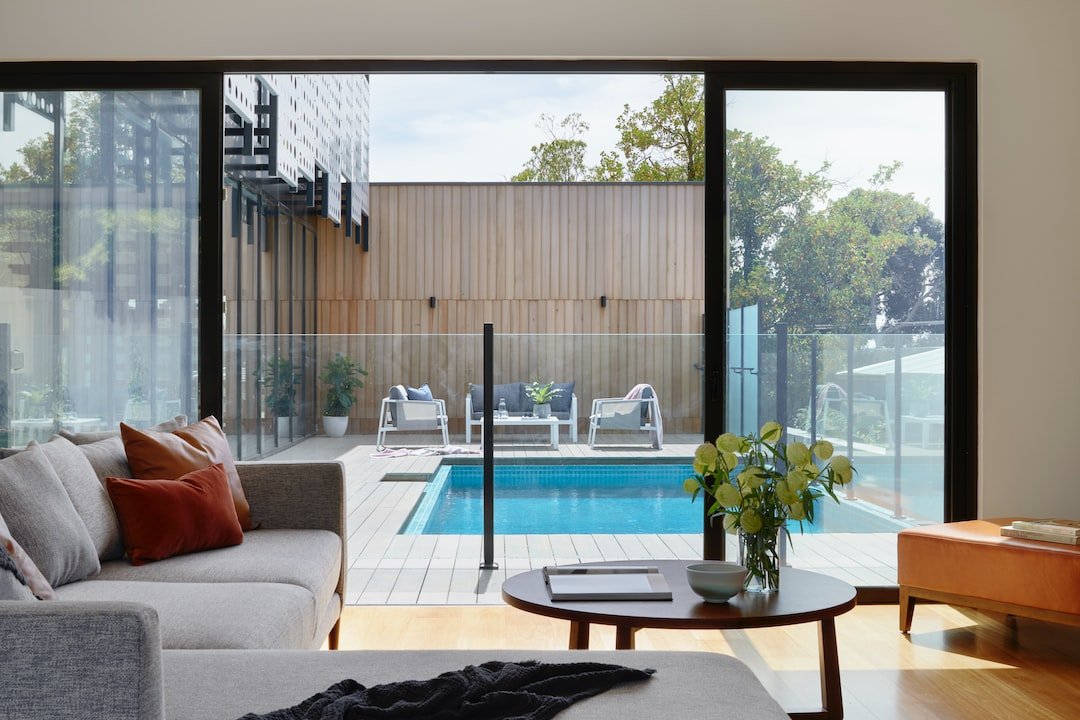How to Stage Your Home for a Quick Sale
Selling a house can be a stressful process, but one way to increase your chances of a quick sale is to stage your home effectively. Home staging is the process of preparing your property to make it more appealing to potential buyers. By highlighting its best features and creating a welcoming atmosphere, you can make your home stand out from the competition. In this blog post, we will discuss various strategies and tips to help you stage your home for a quick sale.
1. Declutter and Clean:
The first step in the staging process is to declutter and thoroughly clean your home. Remove any personal items, excessive furniture, and unnecessary clutter. This will create the illusion of more space and help potential buyers envision their own possessions in the house. Furthermore, a clean and organized home gives the impression that it has been well-maintained, increasing its value in the eyes of buyers.
2. Depersonalize:
Make sure to remove personal photographs, unique decor, and any other items that may distract buyers from envisioning themselves in the space. The goal is to create a neutral canvas that allows potential buyers to imagine their own life in the house. This might involve repainting walls in neutral colors, removing bold artwork, or replacing unconventional furniture.
3. Enhance Curb Appeal:
First impressions matter, so make sure the exterior of your home is as appealing as possible. Trim the lawn, clean the driveway, and consider adding some potted plants or flowers to the entrance. Repaint the front door if needed and ensure that the house number is clearly visible. A well-maintained and inviting exterior will entice buyers to step inside and explore further.
4. Maximize Natural Light:
Natural light creates a sense of openness and positivity within a space. Open up curtains and blinds to allow as much natural light as possible into each room. Ensure that windows are clean and remove any obstructions that may block the sunlight. Additionally, consider painting darker rooms in light, neutral tones to further brighten up the space.
5. Rearrange Furniture:
When staging your home, consider the flow of each room and how furniture placement can enhance it. Furniture should be arranged to create a sense of spaciousness and to highlight the best features of each room. Avoid blocking walkways and ensure that there is a natural flow from one area to the next. If necessary, remove or replace bulky furniture pieces that may make a room appear smaller than it is.
6. Appeal to the Senses:
When potential buyers enter your home, you want to create a welcoming and comfortable atmosphere. Add fresh flowers or plants to create a pleasant scent, play soft background music, and ensure that the temperature is comfortable. Lighting scented candles or baking cookies before a showing can also create a cozy and inviting ambiance that will leave a positive impression on buyers.
7. Highlight Unique Selling Points:
Every home has its unique selling points that make it stand out from the competition. Identify these features and make sure they are highlighted during the staging process. This could include a beautiful fireplace, a spacious backyard, or a luxurious bathroom. Well-placed lighting, furniture arrangement, and tasteful decor can draw attention to these features and leave a lasting impact on potential buyers.
In conclusion, staging your home is an essential step in the selling process. By decluttering and cleaning, depersonalizing, enhancing curb appeal, maximizing natural light, rearranging furniture, appealing to the senses, and highlighting unique selling points, you can create a welcoming and attractive space that will catch the eye of potential buyers. Remember, a well-staged home not only increases your chances of a quick sale but also potentially adds more value to your property.

